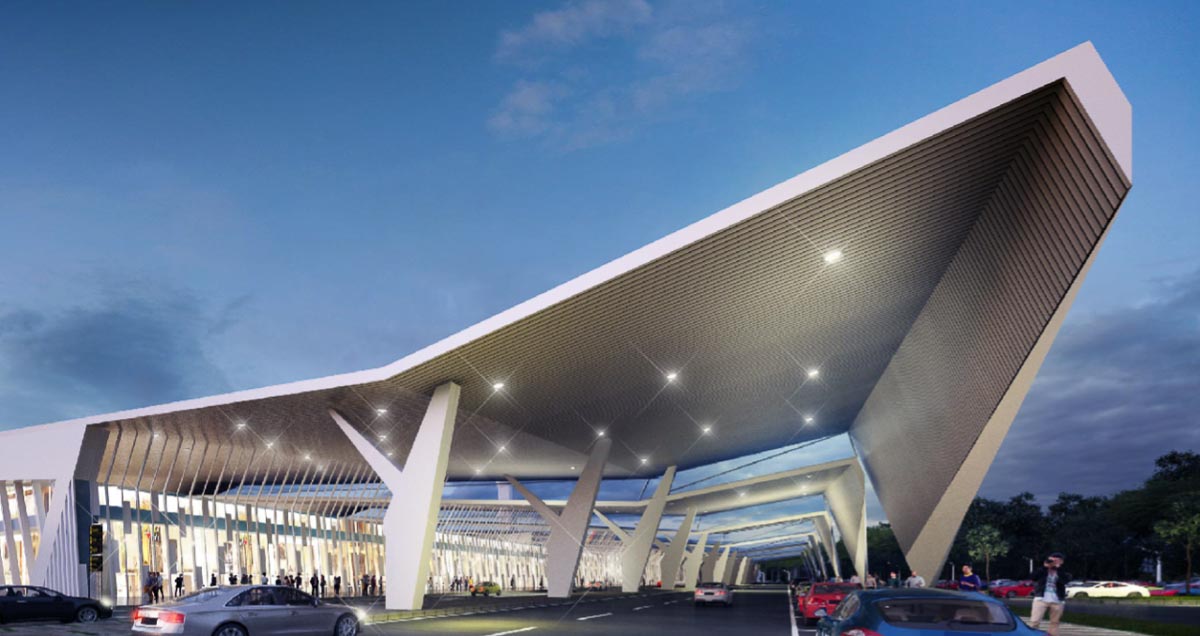AirAsia moved all their Kota Kinabalu flights from T2 to T1 in December 2015. They wish to move back to Terminal 2. This is the PRESS STATEMENT from AirAsia Malaysia CEO Riad Asmat regarding their offer to refurbish KKIA T2.
Malaysia Airports should present all the facts on KKIA
SEPANG, 25 July 2018 – In their recent statement on 23 July 2018 titled “Malaysia Airports confirms that Sabah air traffic and tourism are growing”, Malaysia Airports Holdings Berhad (MAHB) suggested that negative growth in 2014 and 2015 at Kota Kinabalu International Airport (KKIA) was the reason for wanting to move AirAsia to KKIA Terminal 1 (T1).
By focusing on those two years, MAHB would have the public believe that passenger traffic had long been on the decline, and that this trend could only be reversed by moving AirAsia out of T2. This could not be further from the truth. AirAsia operated from T2 from mid-2004 up until December 2015, when we were compelled to move to T1 in light of amenities and facilities being made unavailable for our operations then. During that period, KKIA passenger traffic grew year-on-year every year, except in 2014 and 2015.
The decreased traffic at KKIA during those two years corresponds with a drop in visitor arrivals to Sabah, especially from China, which the Minister of Tourism and the Malaysian Association of Tour and Travel Agents (MATTA) had attributed to a series of kidnappings in the state, including of Chinese nationals in two separate incidents in April and May of 2014, and has nothing to do with T2.
MAHB should stop cherry-picking data to suit its agenda and instead, be an honest partner and work with AirAsia in the best interest of Sabah.
Since we started operating to Kota Kinabalu, AirAsia has expanded its network there from two to 16 routes currently, including six unique routes, growing our passenger traffic by 25 percent per annum since 2001. Not only that, we have greatly reduced fares between Kota Kinabalu and peninsular Malaysia, including to secondary cities that had no direct service before.
Kota Kinabalu is important to us. We wish to continue enhancing its air connectivity, and we have big plans to make KKIA into a hub for services into China, South Korea, Japan and India, and a transit point between Australia and North Asia.
Based on our projections, over the next 10 years, we can increase our fleet size at Kota Kinabalu from the current 8 aircraft to 45, including 10 Airbus A330s. This would more than triple our current capacity and make it possible to operate direct services to key markets such as northern China, South Korea and Japan, as well as Australia and India, allowing AirAsia to carry 18 million passengers to and from Kota Kinabalu by 2028.
However, we cannot do this while we remain constrained by the higher cost base at T1. We note that the Sabah state government is looking to complete construction of a new airport in a few years’ time, and we have requested that an LCC terminal be considered for inclusion in the master plan.
In the meantime, T2 can be revived for LCC use, which would also free up T1, which is rapidly approaching capacity, for full-service carriers (FSCs). AirAsia is prepared to take up the costs of refurbishing T2, which MAHB had neglected to maintain or upgrade in a bid to move us to T1. It will be better than before, and there will be no cost to MAHB or the state government.
All we ask is a chance to continue growing Kota Kinabalu to its truest potential for the benefit of Sabahans, as we have always done.







This Post Has 0 Comments